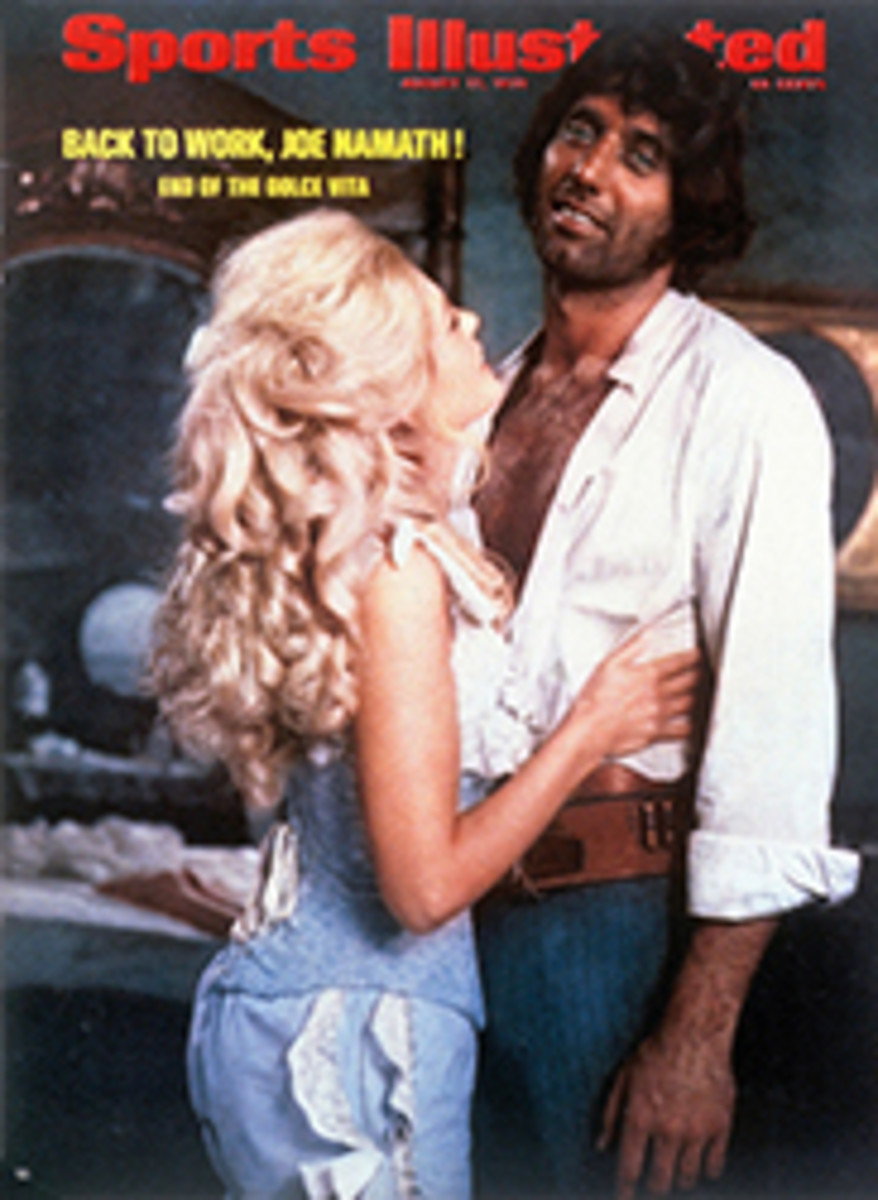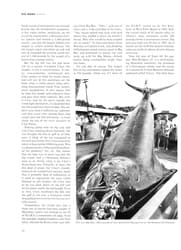
'Only the Ball Was White' sheds bright light on a dark chapter of U.S. baseball
By 1945 almost anything seemed possible in this great country—anything, that is, but a black man playing major league baseball. The color restriction had been in effect in organized baseball almost since its inception and, while the all-white leagues flourished, a number of Negro leagues tried unsuccessfully to establish a place for the black man in the so-called national pastime. With a touch of nostalgia and a historian's dedication to fact, Robert W. Peterson tells the story of those black leagues and the men who played in them in a fine book called Only the Ball Was White (Prentice-Hall, $9.95).
For the most part the Negro leagues were motley collections of barnstorming squads held together by some promoter who usually had a stake in at least one of the teams. Their games were casually reported, if reported at all, and their statistics were incomplete and unreliable. Nevertheless, by poring over yellowed Negro weeklies and old sporting papers and by conducting a long series of interviews with the people who were forced to play this segregated brand of baseball, Peterson has pieced together their story, and a fascinating story it is.
The first all-black teams sprang up in the 1880s after organized baseball had begun its policy of racial exclusion. Player contracts were either nonexistent or informal verbal agreements, and players were free to pick up and leave at any time, which they often did. It was not unusual to have a single individual playing for two teams in the same week.
The first fully constituted Negro league was the eight-team League of Colored Base Ball Clubs, organized in 1887. It lasted almost one full week. The second attempt, in 1906, was called the International League of Independent Professional Base Ball Clubs and actually included two white teams. It survived one season. Scores of other loosely organized groups followed, but the only relatively successful one proved to be the Negro National League. Organized in 1921, it lasted 10 years. A second Negro National League was organized in 1933 and included such legendary teams as the Homestead Grays and the Elite Giants. In one form or another the second NNL survived till 1960.
When on April 18, 1946 a husky young black man named Jackie Robinson, late of the Kansas City Monarchs, donned the uniform of the Montreal Royals, a Dodger farm club, and grounded weakly to shortstop, he signaled the beginning of the end for all-black baseball, and the beginning of a bright new chapter for all of baseball.

